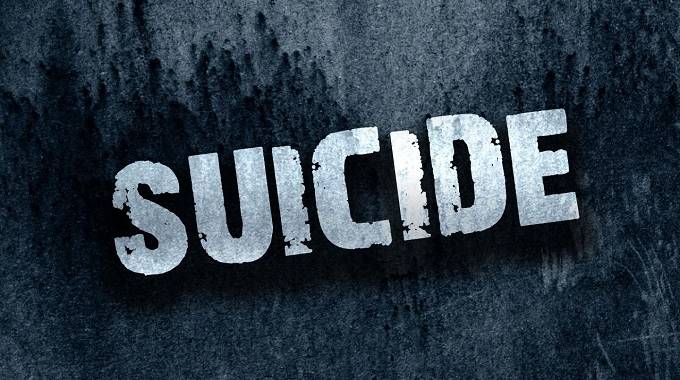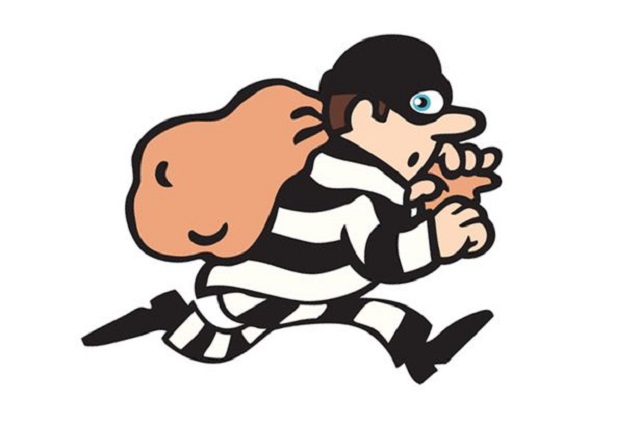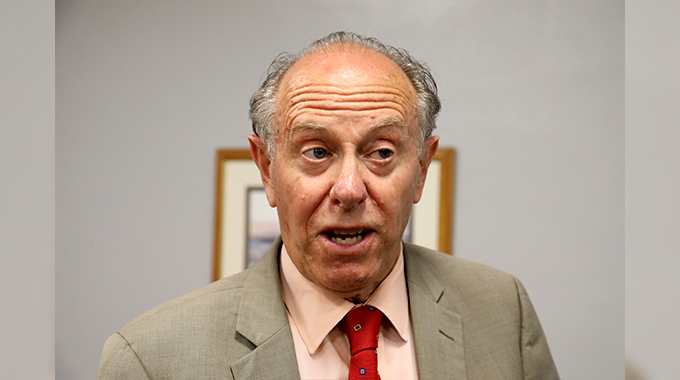Possible drivers of suicide in children

Qaphelani Mabhikwa, Successful solutions
There are many risk factors for suicide in children. What I will share is not exhaustive, but it is intended to provide insight into what factors might elevate a child or adolescent’s level of suicide risk. This does not mean that if your child or adolescent has some of these risk factors, then s/he will automatically take his/her own life, a big NO, we are just trying to assist each other to check on possible warning signs. Many factors combine to lead to a suicidal crisis and may include some of those that are listed below.
Children who suffer from mental illness are prone to have suicidal thoughts. Mental illness can take the form of a depression in the child and this can be due to some social issues the child might be going through. Issues to do with the child’s background are critical.
Orphans, other vulnerable children and children coming from broken homes and marriages are prone to some depression if their current welfare does not satisfy them. They can easily fall into depression giving raise to feelings of neglect, loneliness and feeling unwanted. They can easily develop suicide thoughts if they don’t get the necessary support.
It is therefore important that guardians of orphans and other children suffering from various vulnerabilities be on guard to note in any change of behaviours in the children. This does not mean that children from stable homes are spared from suicide, a big NO, they too have either own pressures.
Family history of suicide can be a risk factor and the question commonly asked is “is suicide contagious?” Research has shown that exposure to a peer’s suicide can, in fact, have a “contagious” effect especially among 12 to 13-year-olds and even adults. I have seen families where suicide recurs in the family. In some African communities, there is a belief that some evil spirits cause suicide and when suicide has occurred in the family certain rites are done to cleanse the family of such spirits so that the suicide doesn’t recur in the family.
In some African communities a suicide corpse is not allowed in the homestead and there is no body viewing of the corpse. These are traditional fears of the belief in the contagious nature of suicide. These are just beliefs there is no scientific facts to prove the contagious nature of suicide. Physical or sexual abuse can create suicidal ideations in children. When a child is cornered and they are experiencing physical or sexual abuse from someone close to them they can grow suicide thoughts.
The child suffers physical or sexual abuse from an adult whom they cannot report because of their relationship or authority barrier and maybe they have also received threats on their life if they dare report the abuse. A few years ago we read in the papers of three boys in rural Matabeleland North who were sodomised by their teacher.
Multiple losses in a child’s life, especially of their beloved can create suicidal thoughts. Multiple losses can create feelings of hopelessness and resignation. We have children who lose parents and other beloved people at the same time or within a very short space of time. If issues of guardianship are not properly handled a child can be a suicide risk. Suddenly the child finds themselves in an environment that they are not comfortable with and there is no one to tell, the resultant thoughts are to take their life.
When a child is orphaned it is important to involve them in issues of guardianship, imposition of guardianship at times will not be tolerated by most children. Imposed guardianship can lead to social isolation and the child feels they are lacking social support in their new environment, hence suicidal thoughts.
When a child is going through some difficult time for various reasons, poor coping skills can lead to suicidal thoughts. Children find themselves with problems like poor school performance when in fact they are exerting themselves fully. Children find themselves face to face with bullying in school and they find they can’t cope.
As for bullying it has been discovered to be one of the major suicide drivers especially in primary school. Parents and guardians are advised to take bullying complaints very seriously and approach the school as soon as the child brings these complaints home.
At times what parents and guardians might perceive as minor issues like failure to cope with a new school, a new teacher and failure to cope with new habits of friends or failure to cope with a new set of friends can create suicide risk in children. For children these are very serious issues.
Parental reaction when things have gone wrong can create suicidal thoughts in children. Yes, it’s very painful to the parent or guardian when the child has misfired but there is always need for caution in the way we react as parents and guardians. A teenager has an unwanted pregnancy and they are disowned immediately, ‘you are no longer my child’ the father says. The girl’s world suddenly crumbles and they take their life.
Recently I was watching a movie on SABC 3 ‘Ekasi’. A school girl was taken advantage of and impregnated by a married soccer star. Her single mother swallowed the bitter pill and supported her. She gave birth and went back to school and excelled. To the contrary, I got a WhatsApp video from a friend of a father literally bashing his son for a bad report card reminding him of how expensive his school fees were.
This is the kind of behaviour from parents that creates suicide thoughts in children. Bad report card, yes, but before bashing the child, has the parent/guardian checked with the child or the school possible causes of the bad report card? Certain words said by parents in anger stick in the minds and hearts of our children and they sit down and think over them and they conclude ‘it’s better I die’, than live with these words or this label.
Things like guns, specified knives and other dangerous equipment must always be securely locked up in places children cannot easily access. The same applies to poisonous substances like pesticides and other harmful substances. Some suicides could have been avoided had children not had easy access to these dangerous equipment and harmful substances. Suicide at times happens during a spate of anger which when the anger subsides so does the suicide thoughts. If, however there is anger and easy access to dangerous equipment and harmful substances then suicide easily occurs.
General aggressive behaviour and impulsivity may not be a good sign in a child. Children who are fond of fighting and engaging in all sorts of aggressive behaviour might easily develop the guts to take their lives when things go wrong. For them injury and pain are normal and easy to attain.
Certain times some children find it difficult to deal with a sexual orientation that is perceived abnormal by those around them.
The child is stigmatised and isolated and they fail to fit into their community. The child cannot reconcile how they feel, what they want to be and what the community around is saying about their sexual orientation. If the child feels not accepted by their community then suicide thoughts are easy to set in. Disability, injury and physical illness may create suicide risk in children.
I remember assisting a teenager who was struggling to live with burns as he claimed these burns where making him unacceptable at school. He had to dress in certain manner to cover the burns. This had lowered his self-esteem so much that he had to seek counselling. Children are very sensitive and they will not take lightly to anything that makes them feel unwanted and out of place.
Family disruptions are also a factor in children suicide risk. Family issues like divorce can create depression in children that can easily lead to suicide thoughts. A child who was in a stable home with ‘mom’ and ‘dad’’ suddenly is being tossed around through the courts where the parents are fighting over their custody.
Children may find themselves with step mothers or stepfathers they can not put up with and suicide thoughts can emerge. Domestic violence can also be a factor. Some children fail to put with an unstable home where parents who are always fighting.
When the parent they are sympathising with is at the receiving end and they think the only way out is to “depart” from the family.
Unfortunately, suicide crosses all ages, racial, and socio-economic groups. When a suicide occurs, everyone is affected, including the people who are left behind. Parents and guardians are advised against presenting suicide as a tool for accomplishing certain ends, such as revenge or recognition or glorifying suicide or persons who commit suicide.












Comments